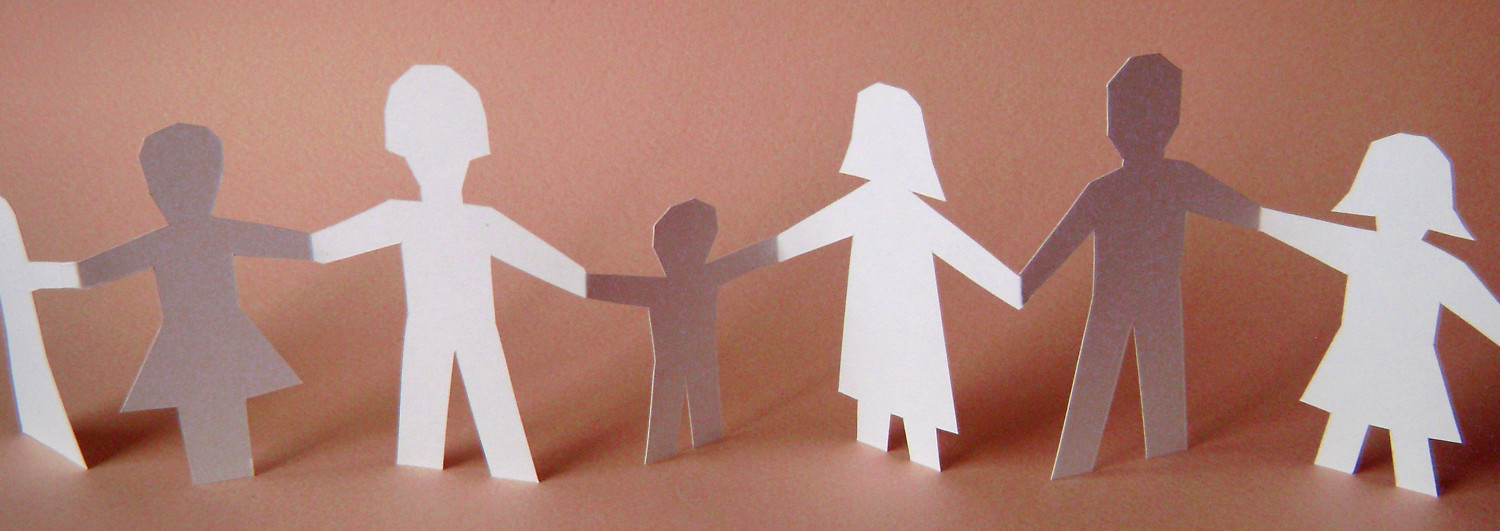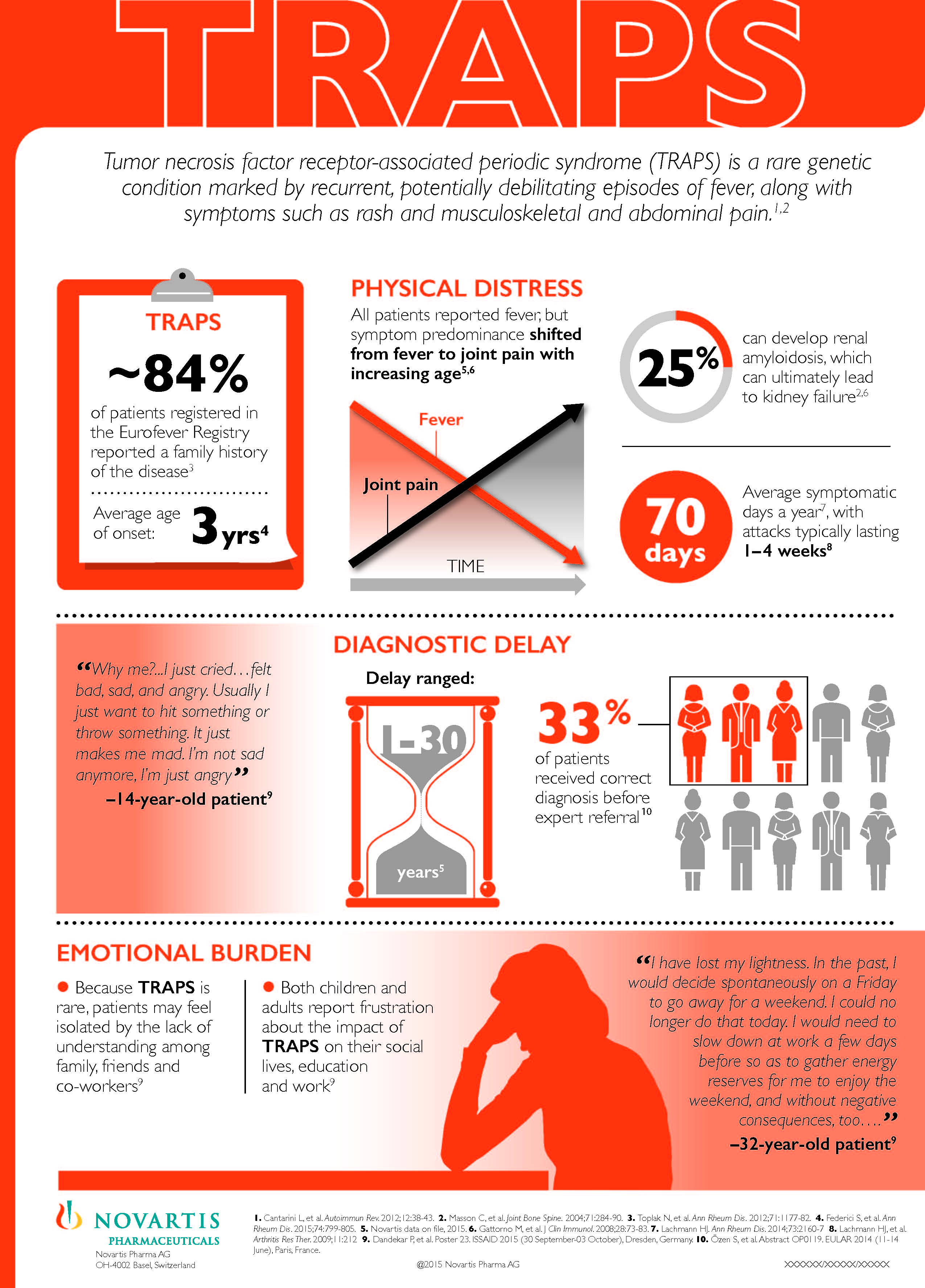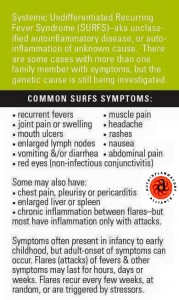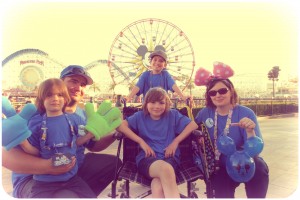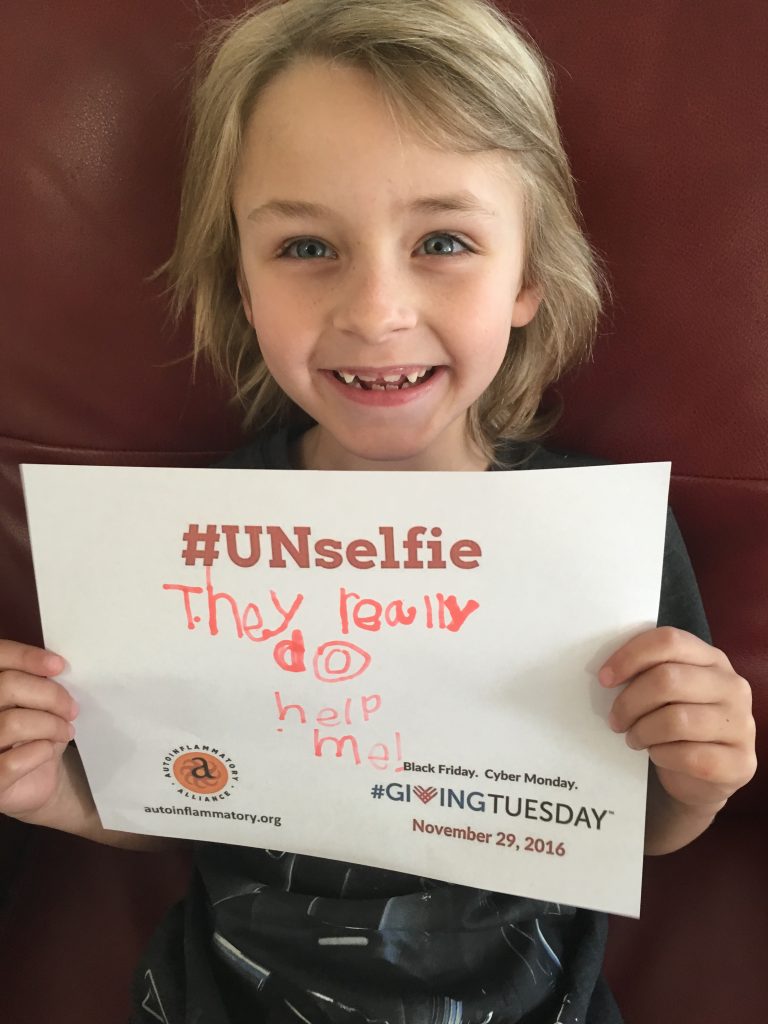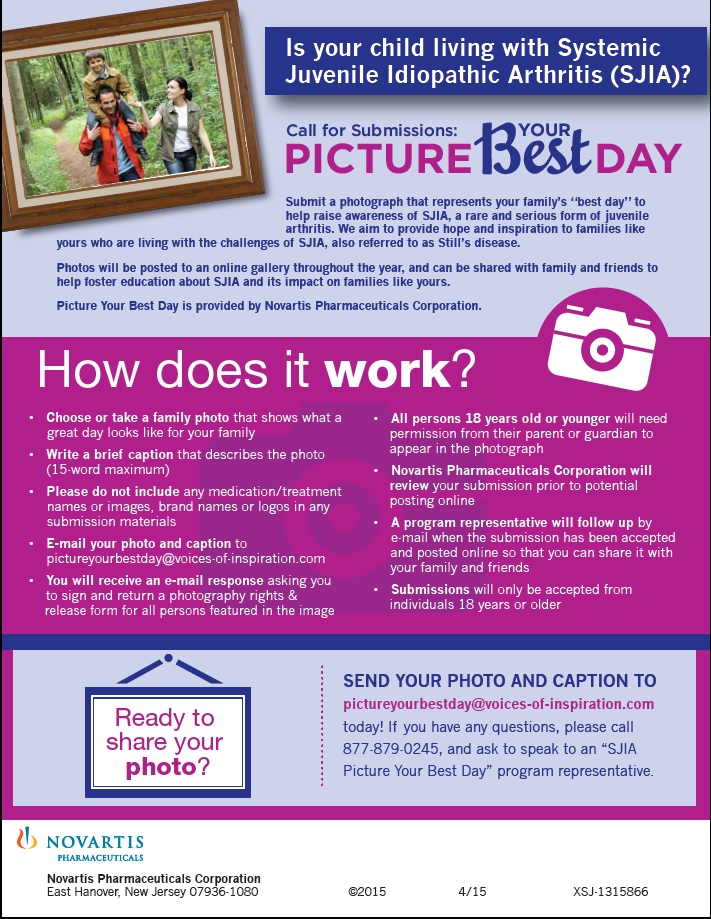
Click on the graphic for more info. To submit photos to the Picture Your Best Day campaign, send your photo and caption to pictureyourbestday@voices-of-inspiration.com
In honor of May being National Arthritis Awareness Month, we are focusing this blog post on a rare autoinflammatory arthritis, systemic-onset juvenile idiopathic arthritis (SJIA), which is also referred to as Still’s disease.
We have invited Becky Milne, whose 13-year-old daughter Maren has been living with SJIA since 2001, to talk about her family’s experience with SJIA and introduce a new program from Novartis Pharmaceuticals Corporation (Novartis) intended to help raise awareness of SJIA and build connections between families living with its challenges.
“Picture Your Best Day” invites families living with SJIA to submit a photo of what a good day looks like for their family, to serve as an inspiration to other families who are living with the disease, and to remind them to cherish the good days, in order to help sustain through the tough ones.
Picture Your Best Day by Becky Miline
I’ve heard many stories over the years about the bad days of systemic juvenile idiopathic arthritis. Maren and I have many of our own. When dealing with a chronic disorder like SJIA, “best days” can be few and far between. Or can they? We actually have a long list of best days. When too many days are bad, even the smallest triumphs become cause for celebration.
Our best days have been the day Maren could finally hold her newborn brother without her wrists, shoulders, and elbows giving out and just last year, her joints finally allowed her to learn to ride a bike at the age of 12. My personal favorite day was when she finally started walking again just before she turned 2.
 When Maren was able to ride the ATV by herself for a few laps before having to give her hands and wrists a break was a big best day. She was able to feel the joy and freedom. That’s cause for celebrating!
When Maren was able to ride the ATV by herself for a few laps before having to give her hands and wrists a break was a big best day. She was able to feel the joy and freedom. That’s cause for celebrating!
These are some obvious best days, but what about less obvious ones? Some best days when living with SJIA may come as a surprise to some people.
The best day during her toddler years was her day of diagnosis, because it ended 10 months of wondering what was going on in her body. It gave us answers, and led to a treatment. When Maren was 2, she finally just sat down and let me give her a shot without fighting about it.
Another notable moment was the time Maren had the biggest, proudest smile beaming from her little face when she said she didn’t want a Child Life Specialist to come and sit with her before a needle stick.
Once she started school, best days were when she could squat and stand back up again without assistance, or when she could get out of bed without using her dogs for a boost up. Completing a school assignment without me having to write it out for her brought out our happy dance.
Our best days also happen when Maren changes medications, if one stops working for her, because that means that there are still some treatment options available.
Best days of homeschooling for Maren allowed us to balance her fatigue and lack of mobility with her studies. Maren’s return to public school was a best day because she was excited that she could physically keep up, for the most part, with her friends and classmates.
Your best days might not look like ours, or maybe they do. Maybe your best day is that a heating pad helps soothe the pain or the ice pack allows your child to move a joint. Maybe your best day is when you didn’t have the attendance clerk sigh noticeably when you called your baby in sick.
It could be when your child can finally turn a doorknob, button a shirt, or when the morning stiffness only lasts 30 minutes instead of 45 minutes. My hope is that each of you will see the “best day” and celebrate the moment, no matter how insignificant it may seem. When coping with a chronic disorder, the bad days will get us down, making those best days all the more significant. One day we will all celebrate The Best Day….. the day of the cure.
If you are a parent or caregiver or a child living with SJIA, and want to participate in Picture Your Best Day, click here, and learn how you can share a photo of a good day that your family has experienced. Together, we can help raise awareness, and help provide hope and inspiration to other families who are living with the challenges of SJIA.
Your support helps us to keep spreading awareness and helping more patients of all ages! Please consider a donation today to the Autoinflammatory Alliance–a 501(c)(3) non-profit charity for all autoinflammatory diseases. Click here to donate. Thank you!

